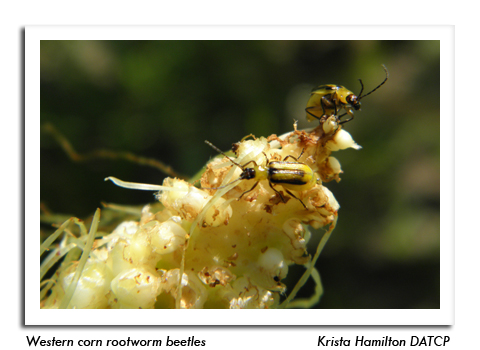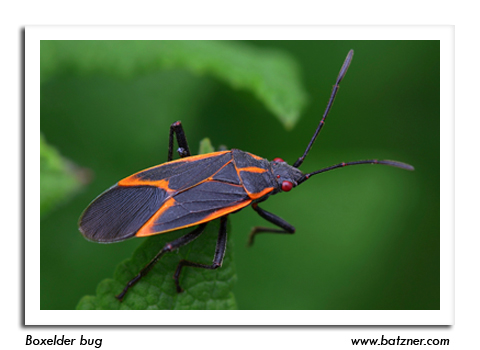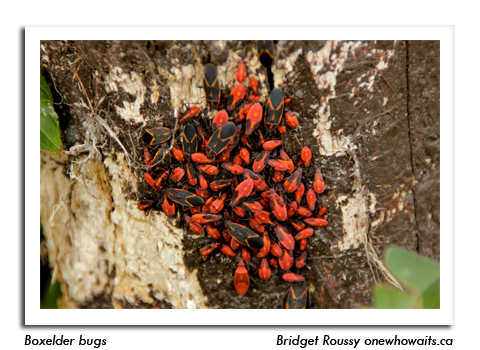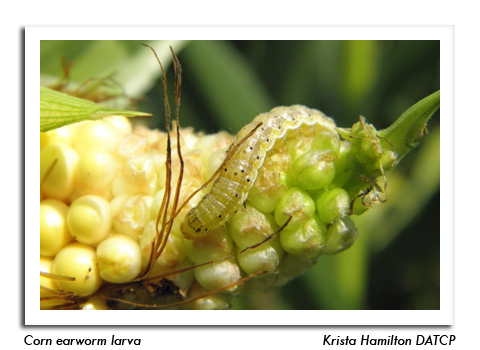
 |
|
|
Looking Ahead
Volume 64 Number 18 Date 08/29/2019 LATE BLIGHT - Additional reports of late blight were confirmed in Crawford, Pierce, Polk, Sauk and St. Croix counties this week, bringing the total number of counties with verified late blight cases to 12 (also Adams, La Crosse, Monroe, Portage, Vernon, Waushara and Wood). Continued treatment of susceptible potato and tomato crops with a combination of antisporulant and protectant fungicides is advised by UW, particularly for locations in close proximity to the recent late blight detections. Reapplication every 5-7 days is required for most late blight-specific products. CORN ROOTWORM - Beetle counts decreased or remained the same as in 2018 in the northern and central crop districts, while averages increased in the southwest and south-central counties, according to this month's corn rootworm survey. The state average count of 0.3 beetle per plant in 2019 increased slightly from last year's record-low average of 0.2 per plant. Approximately 12% of the corn sites sampled had high beetle pressure (>0.75 per plant), which should serve as a reminder to corn producers and crop advisors that beetle populations must be evaluated by early September to inform next year's rootworm management decisions and planting rotation. FALL PESTS - Nuisance insects including the boxelder bug, brown marmorated stink bug, multicolored Asian lady beetle, and western conifer seedbug will begin aggregating on warm southern and western exposures of buildings next month, in advance of their indoor invasion. Exterior insecticide treatments may temporarily deter these insects from entering homes, but exclusion measures such as sealing cracks around windows, doors, siding and other openings are preferred. Insecticides should be only applied by a licensed pest control technician and considered for severe infestations. Fall nuisance insects do not reproduce inside the home or cause structural damage. BROWN MARMORATED STINK BUG - This invasive pest has been collected on survey traps in Dane, Racine, and Rock counties throughout August. The highest cumulative count to date is 43 adults and three nymphs at the Janesville monitoring site. Similar to the multicolored Asian lady beetle and boxelder bug, BMSB aggregates on the exteriors of buildings in autumn and overwinters in homes and other structures. Densities in southeastern, south-central, and portions of east-central Wisconsin are now high enough that BMSB has become an urban nuisance, and swarming can be expected this fall. CORN EARWORM - A locally significant flight of 88 moths per trap was reported from the Mayville (Dodge County) monitoring location, while nine other sites collected no more than 35 moths per trap this week. A cumulative total of 792 moths have been captured in 15 pheromone traps as of August 28. Sweet corn growers should maintain corn earworm scouting and management programs as long as moth activity persists and green silks are available for egg laying. -- Krista Hamilton, DATCP Entomologist 



.jpg)

|
|
|